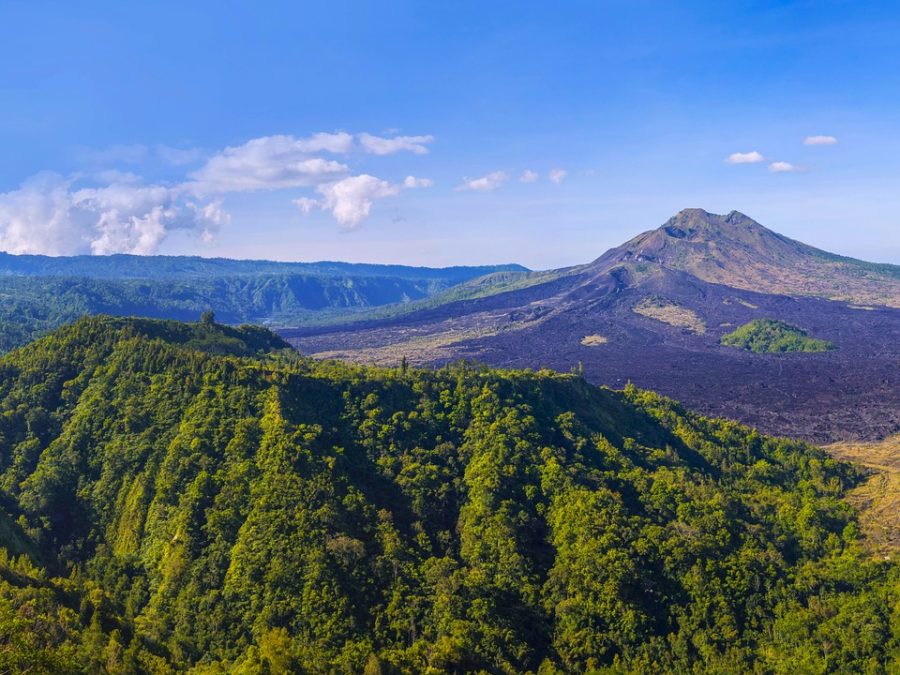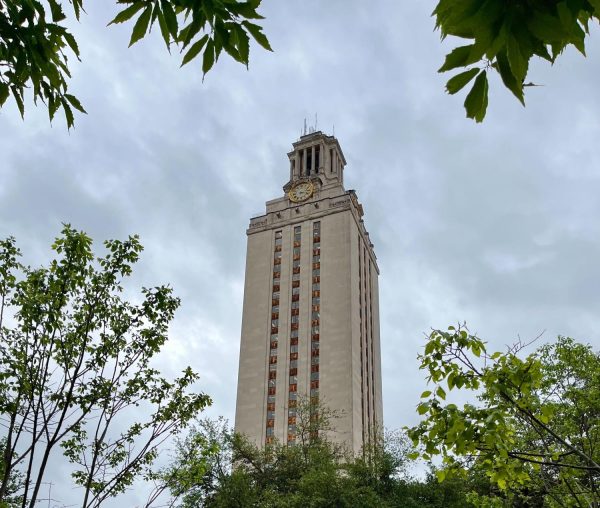Bali Volcano Threatens Thousands
Bali: an idyllic tropical island in the archipelago of Indonesia that attracts millions of tourists each year. Despite the island’s paradisiacal feeling and appearance, Bali holds a hidden and volatile danger on its tranquil surface: volcanoes. Bratan (dormant), Batur (active), and Agung (active) scatter the island’s surface as titanic yet often quiet testaments to a more chaotic era in our planet’s geological history. Recently, however, one of these volcanoes, Agung, has stirred once again, spewing out ash and lava from its maw and threatening the lives and homes of Bali’s residents and the tourists stranded there.
No volcano has erupted on Bali since the year 2000, when Batur released ash into the sky and lava onto the land. Before that, in 1963, Agung erupted, resulting in one of the deadliest and catastrophic events in Indonesia’s history. The volcano erupted suddenly, leaving some people with only minutes to evacuate and claiming around 1,900 lives on Bali alone.
Luckily for those on the island now, a sudden, explosive eruption has not happened yet as it did back in 1963. This time, with advanced warning signs from volcanologists beginning back in September, people on Bali have had more time to attempt to evacuate, though this has proven to be a difficult task. Since the thick, grey ash from Agung is so far reaching, the airports on Bali have had to shut down multiple times. This, of course, meant disaster for those trying to flee the island, stranding them for longer than they had hoped. Now, evacuees’ safety depends solely on the direction of the winds.
Some people — natives of the island, mostly — do not have the resources to escape from Bali and instead are fleeing as far away as possible from Agung. These 369 unfortunate civilians camp in wooden huts distant to Agung, sheltering from the ash and the heavy rains that assail them constantly. Among these evacuees are some who remember the last time Agung erupted, in 1963. They recall “rains of rock” and “fire [that] kept crawling down” from the volcano, scorching and destroying anything in its ruinous path.
Perhaps the most saddening of cases in this ordeal is that of 90-year-old Sepi, who is too old and sick to evacuate her home at the base of Agung. She, as a native of Bali, remembers the last eruption in 1963, yet even with knowing what awaits her quaint domain she cannot flee.
Ash, lava, and rock are not the only dangers that those on Bali face; with the eruption taking place in the middle of Indonesia’s rainy season, pyroclastic mudslides dubbed lahars or “cold lava” also threaten people on the island. Volcanic material — lava, ash, and igneous rock — combine with mud and water in the rivers to create a creeping, continuous danger that obliterates both structures and people in its path. Outside of the explosiveness of an eruption, these lahars are often what claim the most lives.
With the hazards of the volcano in mind, all those on Bali can do now is try to escape or brace for Agung’s full eruption, which volcanologists monitoring the situation say is “a very high possibility.” It cannot be predicted as to whether or not this eruption could be of greater magnitude than Agung’s previous event in 1963, but regardless of its power, this volcano undeniably threatens the lives of those remaining on the island.

As a senior at Westwood High School, this will be my second year on Student Press and my first year as World News Editor. Over the course of this year...









